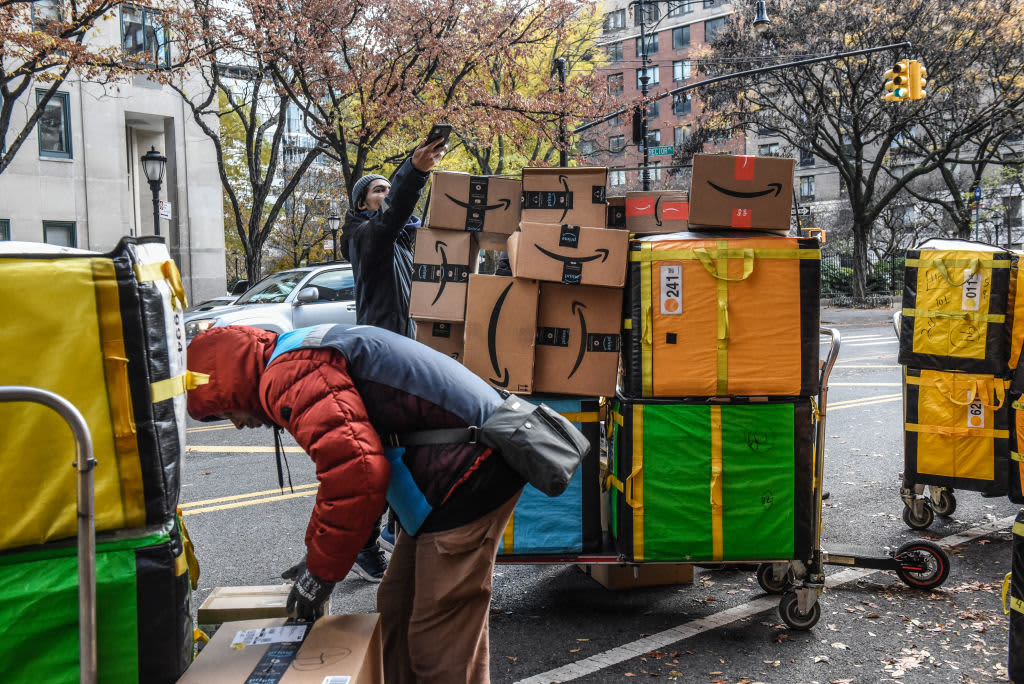South Korean President Yoon Suk-yeol’s decision to declare martial law has triggered the biggest political crisis in decades in the East Asian nation and sent shock waves across the world.
Yoon imposed the emergency law after accusing the main opposition Democratic Party of sympathising with North Korea and of antistate activities.
Hours later, Yoon was forced to back down after opposition lawmakers forced their way past security forces to enter parliament. All 190 lawmakers present in the 300-member assembly voted unanimously to lift the martial law order.
Calls to impeach Yoon, the leader of the conservative People Power Party, have grown as the country reels from the political turbulence.
Yet few countries with advanced economies have as much history with martial law and scandal-riddled governments as South Korea does.
What is martial law?
Martial law ensures temporary rule by military authorities during emergencies. But most young South Koreans have no memory of its last imposition, in the late 1970s.
Advertisement
“People are texting to ask, ‘What is this martial law?’ Nobody saw this coming,” Al Jazeera’s Eunice Kim, reporting from Seoul, said on Tuesday.
While Yoon’s brief imposition of martial law was the first of its kind in four decades, South Korea has had a long history of military rule.
“South Korea’s democracy is still very young, only starting in 1988 after nearly three decades of authoritarian rule, much of which had been a very harsh dictatorship under three different dictators,” Katharine Moon, a political science professor at Wellesley College, in Massachusetts, United States, told Al Jazeera.
History of martial law in South Korea
August 15, 1948
The Republic of Korea, as South Korea is known officially, was founded in 1948 after the Korean Peninsula was divided into South and North Korea. Staunch anti-communist Syngman Rhee became its first president, imposing martial law to crack down on communists.
The Korean War began on June 25, 1950, when North Korean troops entered South Korea in a bid to reunite the two. Fighting raged on for three years between China-backed northern troops against US-backed United Nations forces. The war left an estimated two million people dead by the time an armistice was signed in 1953.
In 1960, protests broke out against electoral corruption, also called the April Revolution. Rhee again imposed martial law. But with protests mounting, Syngman was forced to step down. The National Assembly elected Yun Bo-seon as president on August 13, 1960.
May 16, 1961
Advertisement
In the country’s first successful coup, South Korean army officer Park Chung-hee led thousands of troops into Seoul and took power, deposing Yun.
Park would occasionally declare martial law to crack down on dissenters and political opponents.
October 26, 1979
Park was assassinated in 1979. Initially, Choi Kyu-hah of Syngman’s corporatist, anti-communist liberal party rose to the top job.
However, Choi was deposed by a military coup. The military rule was initially placed in Seoul and other major cities, but was extended nationwide in May 1980 by military leader Chun Doo-hwan.
Chun’s eight-year rule was characterised by brutality and repression.
This led to the Gwangju uprising, a mass protest that broke out on May 18, 1980, in the southern city of Gwangju. Hundreds of protesters were feared killed in a crackdown by security forces.
In 1995, Chun was charged with mutiny and treason. He was subsequently sentenced to death but pardoned in 1997. The Seoul High Court commuted his sentence in recognition of Chun’s role in the fast-paced economic development.

Could Yoon be impeached?
The mounting public discontent with Yoon reached a crescendo when he declared martial law. He has since been condemned by members of his own party, the opposition party and the mayor of Seoul.
Six opposition parties, including the Democratic Party, filed an impeachment motion against Yoon on Wednesday. The Yonhap News Agency reported that voting on the motion is likely on December 6 or 7.
Al Jazeera’s Kim reported that calls for Yoon’s impeachment are not new. People who did not vote for Yoon have organised several rallies in recent months. “They feel that they are held back by the conservative government,” Kim said.
Advertisement
The sentiment that emerged from the fringes has now burgeoned.
Under South Korea’s constitution, two-thirds of the National Assembly members are required to vote to impeach a sitting president.
The opposition parties, including the Democratic Party, have a combined 192 seats. They would need the support of at least eight members of Yoon’s People Power Party to pass the impeachment motion.
If the motion passes, Yoon will be temporarily stripped of his presidential authority until the Constitutional Court considers his fate.
Six of the court’s nine judges need to vote to uphold the impeachment and unseat Yoon.

A history of impeachments in South Korea
Roh Moo-hyun: March 12, 2004
President Roh Moo-hyun of the social-liberal Yeollin Uri Party was impeached one year after ascending to the top job. He was impeached over failing to maintain political neutrality. However, his impeachment was overturned by the Constitutional Court, and he completed his five-year term.
Park Geun-hye: March 10, 2017
President Park Geun-hye, the daughter of Park Chung-hee, was impeached for committing “acts that violated the Constitution and laws” after months of political instability. The Constitutional Court unanimously voted to uphold her impeachment.
She was arrested and sent to prison on corruption charges in 2017 to serve a 20-year sentence but was granted amnesty in December 2021.
EMEA Tribune is not involved in this news article, it is taken from our partners and or from the News Agencies. Copyright and Credit go to the News Agencies, email news@emeatribune.com Follow our WhatsApp verified Channel



